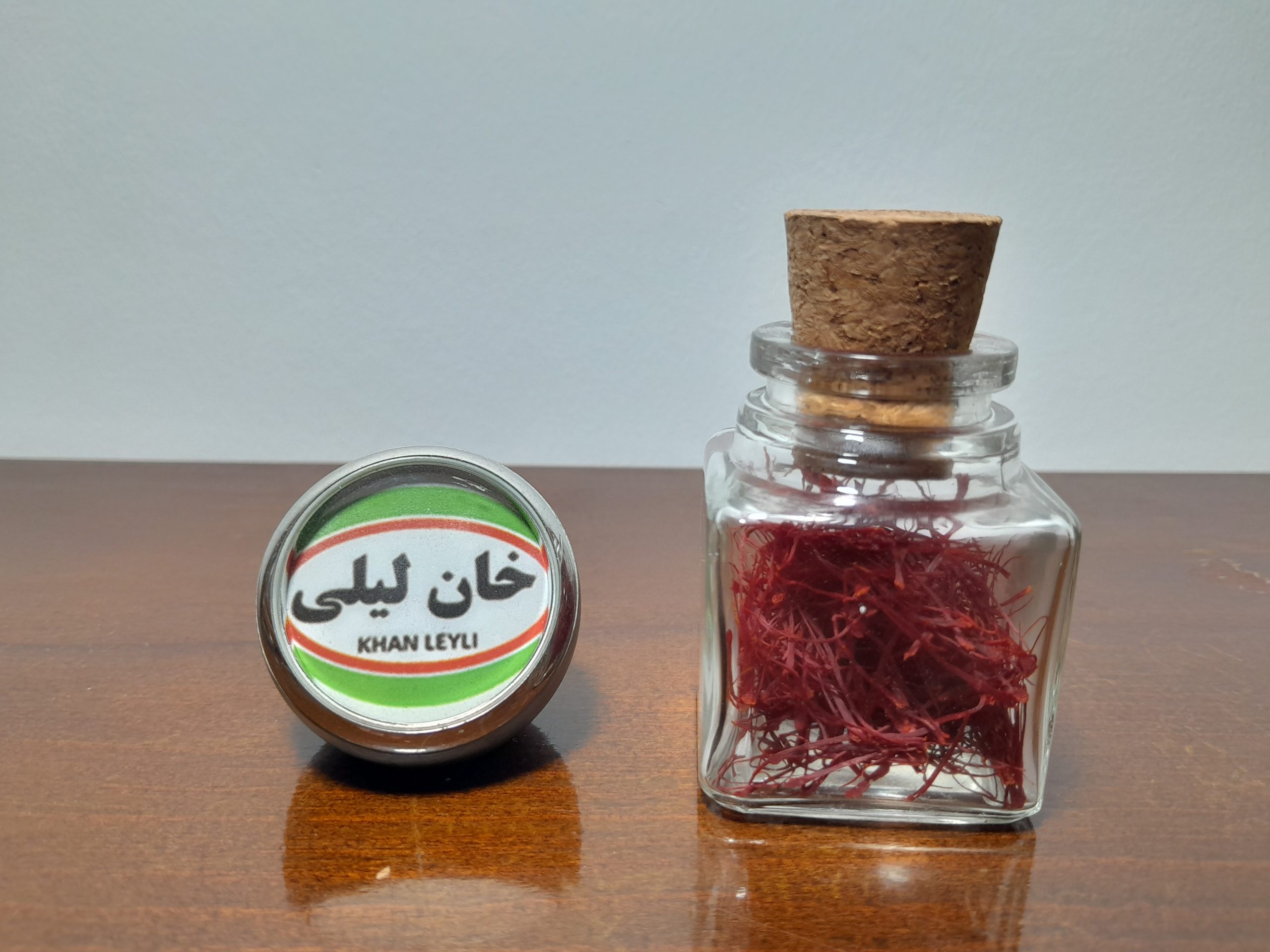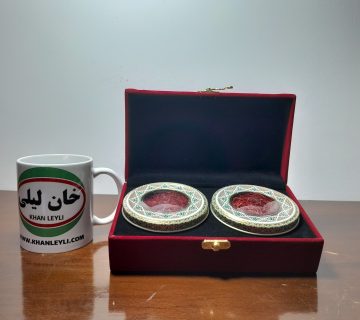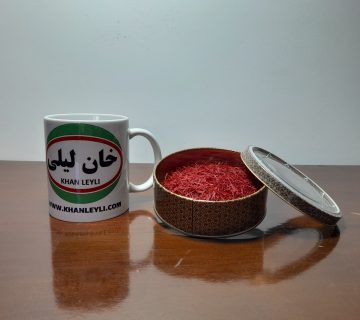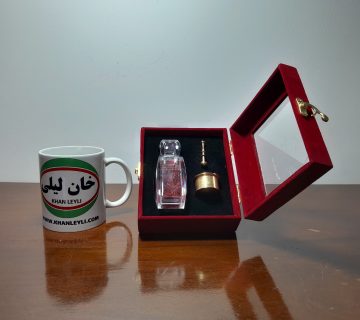Saffron supply centers are strategic points where the cultivation, processing, and distribution of saffron take place. These centers play a crucial role in the global saffron trade, ensuring the efficient supply of this valuable spice to various markets. Here are some prominent saffron supply centers:
Iran is the largest producer of saffron globally, and within Iran, the Khorasan Province is renowned for its saffron cultivation. Cities like Mashhad and Torbat Heydariyeh are key hubs where saffron is grown, harvested, and processed. The region’s favorable climate and soil conditions contribute to the high-quality saffron produced here.
India, particularly the region of Jammu and Kashmir, is a significant saffron-producing area. Pampore, often referred to as the “Saffron Town,” is a major cultivation center. Indian saffron, known for its unique flavor and aroma, contributes to the global saffron market.
La Mancha, a region in Spain, is renowned for its saffron production. Spanish saffron, often labeled as “Azafrán de La Mancha,” is highly regarded for its quality. The region’s traditional cultivation methods and strict standards contribute to the reputation of La Mancha saffron as one of the finest in the world.
Kozani, located in northern Greece, is a significant saffron supply center. The Krokos Kozanis saffron, protected by a designation of origin, is cultivated here. Greek saffron is known for its vibrant color and distinctive flavor, making Kozani a key player in the saffron market.
Afghanistan has emerged as a notable saffron producer, with provinces like Herat and Balkh being major cultivation areas. Despite facing challenges, Afghan saffron has gained recognition for its quality, and efforts are ongoing to strengthen the saffron industry in the country.
Morocco is another country with a growing saffron industry. The Taliouine region is known for cultivating saffron, and Moroccan saffron is gaining popularity for its unique characteristics.
Italy, particularly in regions like Abruzzo and Umbria, is involved in saffron cultivation. While the quantity may not match larger producers, Italian saffron is appreciated for its quality and is often used in local culinary traditions.
These supply centers not only contribute to meeting global saffron demand but also carry distinct regional characteristics, influencing the flavor, aroma, and overall quality of saffron from different origins. The saffron trade from these centers has a significant impact on culinary traditions, cultural practices, and economies worldwide.
Saffron Sovereignty: Iran’s Pinnacle as the World’s Largest Supplier and Quality Maestro
In the intricate tapestry of spice commerce, saffron stands as a golden thread that weaves its way through kitchens and cultures worldwide. When it comes to the largest supplier of this coveted spice, Iran emerges as the undisputed leader, holding the mantle as the biggest saffron supplier in the world. This essay explores Iran’s saffron prowess, delving into the factors that contribute to its dominance and offering insights into the quality that defines Iranian saffron.
Iran’s position as the largest saffron supplier is rooted in centuries of cultivation expertise, favorable climatic conditions, and a commitment to producing saffron of the highest quality. The Khorasan Province, in particular, is hailed as the saffron hub, with cities like Mashhad and Torbat Heydariyeh leading the charge in saffron cultivation and processing. The vast expanses of saffron fields in Iran paint a vivid picture of the nation’s dedication to meeting global demand.
Iran’s annual saffron production surpasses that of any other country, contributing a substantial share to the world’s saffron market. The vast saffron fields, with their vibrant hues during the harvest season, signify the sheer abundance that Iran brings to the global supply chain. This abundance has positioned Iran as a reliable source, catering to the diverse needs of culinary enthusiasts, industries, and markets around the world.
Beyond sheer quantity, the hallmark of Iran’s saffron supremacy lies in the unwavering commitment to quality. Iranian saffron is celebrated for its vibrant color, distinctive aroma, and robust flavor profile. The quality standards set by Iranian saffron producers, often adhering to international certifications, serve as a benchmark for excellence in the industry. The meticulous cultivation and harvesting processes contribute to the integrity of the spice, ensuring that each strand carries the essence of Iranian saffron.
The color of Iranian saffron is a visual spectacle that sets it apart. The deep red hue, indicative of a high concentration of crocin, is a defining characteristic. Crocin is the natural pigment responsible for saffron’s vibrant color, and Iranian saffron boasts a richness that signals both authenticity and potency. The visual allure of Iranian saffron becomes a prelude to the sensory journey it promises.
The aroma of Iranian saffron, driven by the compound safranal, is a fragrant masterpiece. The sweet, floral, and honeyed notes that emanate from Iranian saffron threads evoke a sensory experience that goes beyond mere culinary enhancement. The aromatic mastery of Iranian saffron contributes to its desirability, making it a sought-after spice for chefs, home cooks, and connoisseurs who recognize the transformative power of a rich saffron fragrance.
Iranian saffron’s flavor profile, influenced by compounds like picrocrocin, is robust and nuanced. The distinct bitterness and sweetness within the spice’s flavor make it an indispensable ingredient in a myriad of culinary creations. Iranian saffron’s ability to impart complexity and depth to dishes has solidified its status as a culinary treasure with global acclaim.
Iran’s dominance in saffron supply extends to international markets, where Iranian saffron is favored for its consistent quality. Whether gracing the tables of Michelin-starred restaurants or finding its way into households where culinary excellence is cherished, Iranian saffron’s global impact is a testament to its unmatched quality and versatility.
In conclusion, Iran’s position as the biggest saffron supplier in the world is not merely a result of quantity but a harmonious blend of abundance and unwavering commitment to quality. Iranian saffron, with its vibrant color palette, aromatic mastery, and robust flavor profile, stands as a beacon in the saffron landscape, enriching cuisines and cultures across the globe. As the largest contributor to the saffron tapestry, Iran continues to leave an indelible mark on the world’s palate, showcasing that, in the realm of saffron, quality reigns supreme.
Saffron Symphony: India’s Stature as the Second-Largest Supplier in the Global Market
India is considered the second-largest saffron supplier in the world after Iran. The primary saffron-producing region in India is the Union Territory of Jammu and Kashmir. Indian saffron, known for its unique characteristics, contributes significantly to the global saffron market.
- Flavor Profile: Indian saffron is renowned for its distinct flavor profile, characterized by a sweet and earthy taste. The saffron from Jammu and Kashmir often has a milder and slightly sweeter taste compared to Iranian saffron, making it suitable for a variety of culinary applications.
2.Aroma: The aroma of Indian saffron is typically floral, with hints of honey. The fragrance adds a delightful and aromatic dimension to dishes, making Indian saffron a prized spice for chefs and home cooks alike.
- Color: Indian saffron exhibits a vibrant red color, indicative of a high concentration of crocin, the natural pigment responsible for saffron’s hue. The intensity of the color is a visual cue to the quality and potency of the saffron.
- Culinary Uses: Indian saffron is widely used in traditional Indian and Kashmiri cuisines. It imparts a golden-yellow color to dishes, adding both visual appeal and a unique flavor. Indian saffron is often used in biryanis, desserts, and various savory dishes.
- Cultivation Practices: Saffron cultivation in Jammu and Kashmir follows traditional and labor-intensive methods. The saffron crocus (Crocus sativus) is cultivated in well-drained soil, and the delicate red stigmas are hand-harvested during the blooming season.
- Purity and Authenticity: Indian saffron producers often adhere to quality standards and certifications to ensure the purity and authenticity of their saffron. The commitment to maintaining high-quality saffron has contributed to India’s reputation as a reliable supplier in the global market.
While Iran remains the largest saffron producer, Indian saffron has carved a niche for itself, appreciated for its unique flavor profile and aromatic qualities. The saffron from Jammu and Kashmir continues to be a sought-after spice, enriching the culinary landscape both domestically and internationally.
Morocco’s Saffron Splendor: A Pillar as the Third-Largest Global Supplier
In the intricate tapestry of saffron production, Morocco stands as an essential thread, weaving a story of splendor and richness in the realm of this coveted spice. As the third-largest saffron supplier globally, Morocco has emerged as a key player, contributing not only in quantity but also in delivering saffron of distinctive quality. This essay explores Morocco’s saffron industry, shedding light on its significance as a global supplier and the unique characteristics that define Moroccan saffron.
Nestled in the sun-kissed landscapes of Morocco, particularly in the Taliouine region, saffron fields paint the terrain with a vibrant palette. Taliouine has earned its reputation as the saffron capital of Morocco, showcasing a commitment to cultivating the precious Crocus sativus flowers, from which the valuable stigmas are meticulously harvested. The region’s climate, with hot and dry summers followed by cooler autumns, creates an ideal environment for saffron cultivation.
Morocco’s position as the third-largest global saffron supplier is underpinned by substantial production volumes. The fields in Taliouine and surrounding areas yield an abundance of saffron, making Morocco a reliable source for meeting the global demand. This quantitative contribution positions Morocco as a key pillar in the saffron market, catering to diverse culinary and cultural preferences worldwide.
Beyond the sheer volume, Moroccan saffron distinguishes itself through its unique characteristics, setting it apart in the global saffron tapestry. The saffron from Taliouine is known for its bold color, a testament to a high concentration of crocin, the compound responsible for saffron’s vibrant hue. This characteristic gives Moroccan saffron a visual appeal that mirrors the richness of the landscapes in which it is cultivated.
Moroccan saffron offers a flavor symphony that reflects the terroir of the region. The spice imparts a distinct and robust taste, blending floral and earthy notes that carry the essence of Morocco’s unique soil and climate. Whether infused into tagines, teas, or desserts, Moroccan saffron elevates culinary creations with a depth of flavor that resonates with the richness of its cultural heritage.
The saffron industry in Morocco extends beyond the fields, playing a vital role in the economic landscape. Saffron cultivation provides employment opportunities for local communities, fostering economic growth and sustainability. The significance of saffron as a cash crop has positioned Morocco as a key player not only in the spice market but also in the broader context of agricultural economies.
The cultural significance of saffron in Morocco is celebrated annually through the Taliouine Saffron Festival. This event not only highlights the importance of saffron in Moroccan cuisine but also showcases the cultural heritage associated with its cultivation. The festival becomes a vibrant tapestry of colors, aromas, and flavors, drawing attention to Morocco’s pivotal role in the saffron landscape.
In conclusion, “Morocco’s Saffron Splendor: A Pillar as the Third-Largest Global Supplier” encapsulates the essence of Morocco’s saffron industry. Beyond its quantitative contribution, Morocco’s saffron embodies a story of cultural richness, economic impact, and culinary excellence. As the red gold from Moroccan fields graces tables worldwide, it stands as a testament to the nation’s commitment to quality and its enduring role as a key contributor to the global saffron symphony.








No comment